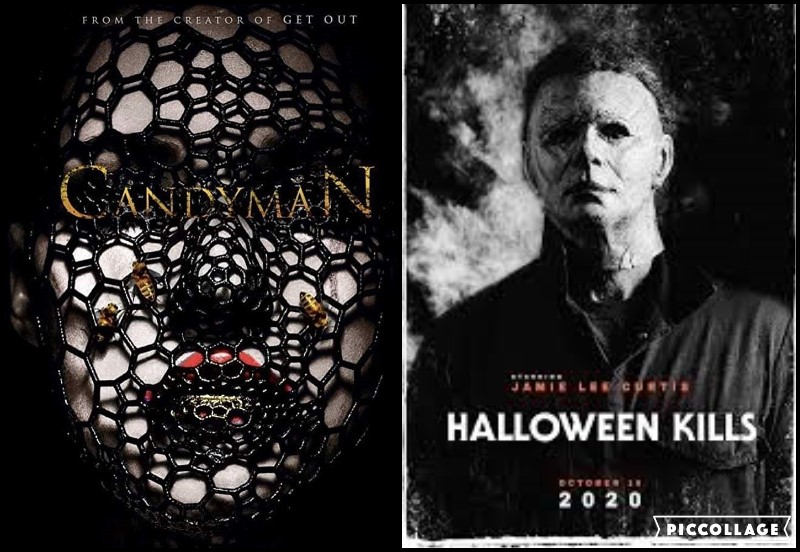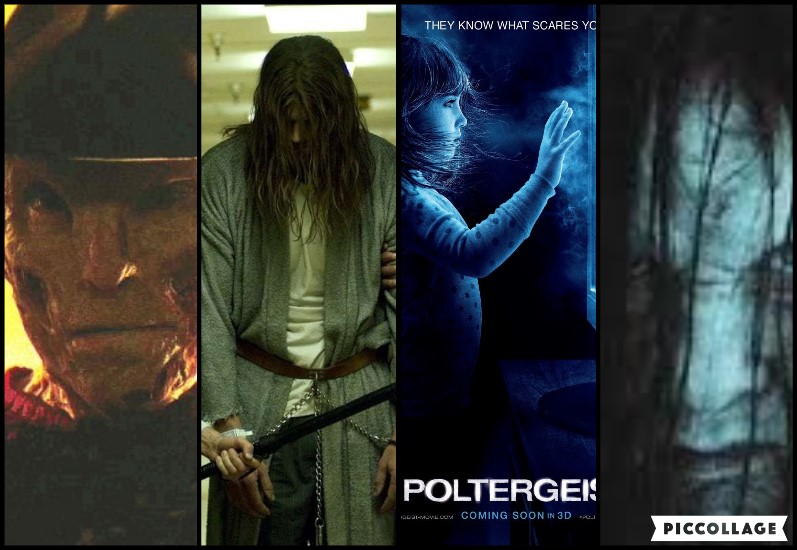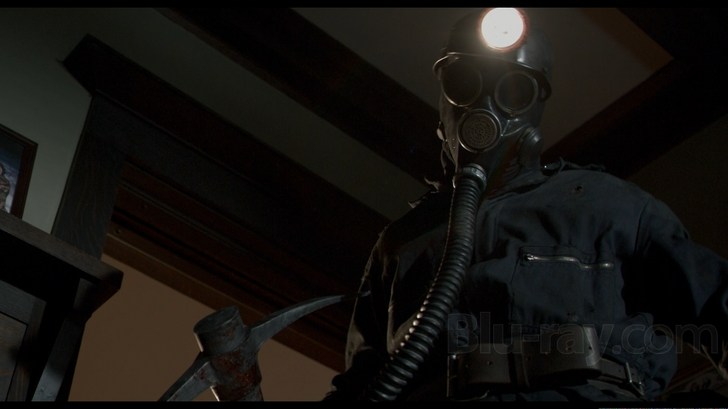By: Lance Reedinger
“Where are the feast we were promised?
“Where is the new wine? Dying on the vine”
-Jim Morrison
The number one most asked question in all of horror cinema is, why is everything being remade? The simple one-word answer is money. Horror icons and former glorious franchises bring in built in audiences. Before a frame is shot on any large budget film, an entire team at the studios examines the projection scale and marketability of all films. Classic horror icons and films bring with them an almost instant profitability margin. Dracula, Frankenstein, and the Mummy are all classic monsters that have been revamped and renovated over decades, so the entire remake culture is nothing new to the genre. The modern remake culture started with New Line Cinema’s 2003 “Texas Chainsaw Massacre” remake. Marcus Nispel presented a gritty and brutal film that did justice to the original, but no one, no one, expected the huge box office return. (Budget: 9.5 million, Gross: 107 million.)
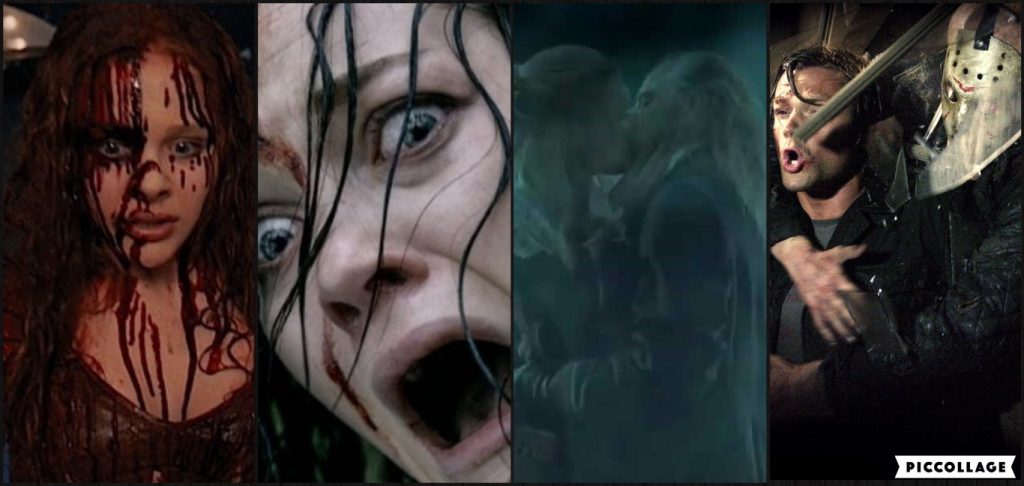
After Zach Snyder’s fantastic 2004 “Dawn of the Dead” remake pulled similar Numbers, (Budget: 26 million, Gross: 102 Million,) every studio on the planet went searching for the rights to any and all horror classics. Eighteen years on since Leatherface made his chainsaw comeback, we are still drowning in a sea of unoriginal content. Let’s have a look at the results so far and dive into how we, the horror nation, can change the tide.
First, let us have a look at the definition of the different styles of redone films and how some of the works have succeeded and failed. Remake: A remake is defined as a straightforward film that mimics the plot of an original work. When did it go right? Patrick Lussier’s “My Bloody Valentine” immediately jumps to the top of the list. A fast-paced thrill ride, this remake treated the horror world to some slick new kills while keeping the setting and characters of the original work to appease the fans of the first film. Lionsgate executives were picking their teeth with golden axes while counting the financial return of this modern masterpiece. (Budget: 14 million, Gross: 101 million.)
When did it go wrong? Legendary director Gus Van Sant loaded his “Psycho” shot for shot remake with a sky full of stars, but this film fell from orbit hard and fast. Slammed by critics and barely making back half of its budget, (Budget: 60 million, Gross: 37 million,) “Psycho” wears the wig of one of the worst remakes of all time. Reboot: A reboot is a remade film with intentions to spawn several other films off the project, thus creating a new franchise. When did it go right? Marcus Nispel nailed it again with his reboot of “Friday the 13th”in 2009. Another quickly paced, action packed, slaughter fest that brought the horror icon back bigger and quicker than ever. Pulling in a very good financial return (Budget: 19 million, Gross: 92 million,) the film did lose millions by an original copy being pirated a few days after the original release. Satisfying the fans of the original and bringing in a new audience, this reboot was primed for a slew of sequels until the everlasting lawsuit between Sean Cunningham and Victor Miller began. Where did it go wrong? Hot off the heels of the “Friday the 13th” reboot, the house that Freddy built speed into action to grab some big quick cash and they did just that. The financial return on the film, (Budget: 35 million, Gross: 115 million) exemplifies the complete answer to why we are getting all these films redone. To pull a net gross profit that large from a film that was poorly written, reshot more times than anyone can count, and with a mask design that looked like something Jim Henson threw away in the late seventies is incredible. Reimagining: This is a new phenomenon in the world of cinema. When news broke that 2018’s “Halloween” would be a direct sequel to the original film, the horror world universally cringed. Though the film has many flaws, director David Gordon Green did enough to make us forget all the sequels we have loved over the years early in the film. It was a choppy return to Haddonfield with several storylines roughly mixing in with each other, but the box office once again silenced anyone clamoring for something brand new. (Budget: 10 million, Gross: 255 million.) The financial success of 2018’s Halloween has opened up floodgates to rivers of rumors of direct sequels being made, per the now financially accepted predisposition that the audience will still come in mass even if asked to ignore cannon law from a franchise.
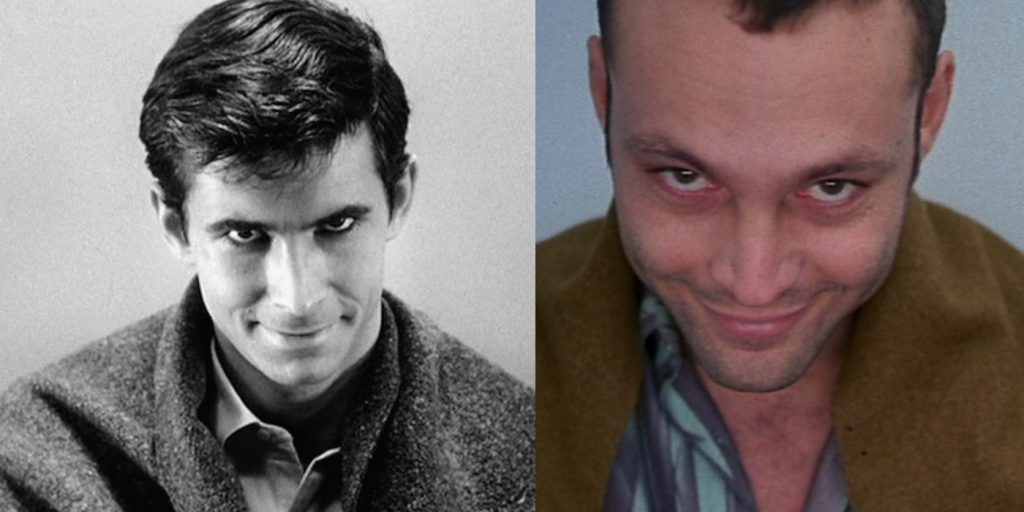
What can we, as a horror nation, do to see more original work? Go to the theatres: Sitting in front of a large flat screen in the comfort of your own home and eating and drinking your favorites for half the cost of a tub of popcorn, makes it hard for the modern fan to want to head out to the theatre, but the fans have got to fill the seats to bring back more original content. Long time horror producer, Gale Hurd, gave the horror world the new icon we all were calling for with 2018’s “Hell Fest.” With a fantastic setting, good plot, and a prospectively new horror icon to cheer for (watch the end credits to see a brand-new stereotype slasher) the horror nation let this film down financially. Though making a modest profit, (Budget: 5 million, Gross: 19 million) it will be hard to expect any future films in this series and if they are it will be direct to your living room. Support Indie Artists: The next great horror icon or film will probably not come from the cookie cutter world of big budget horror studio films, but from the passion and heart of an indie artist. Even decent original horror studio films such as, “Countdown,” and “Truth or Dare,” fail to keep our attention after the end credits. The next Jason or Freddy is more likely to come from an indie team that breaks through the system. New icons such as Alex Black from Jeremy Sumrall’s “Pickaxe” are more likely to leave a lasting impression on horror fans than anything being pumped out from Blumhouse.
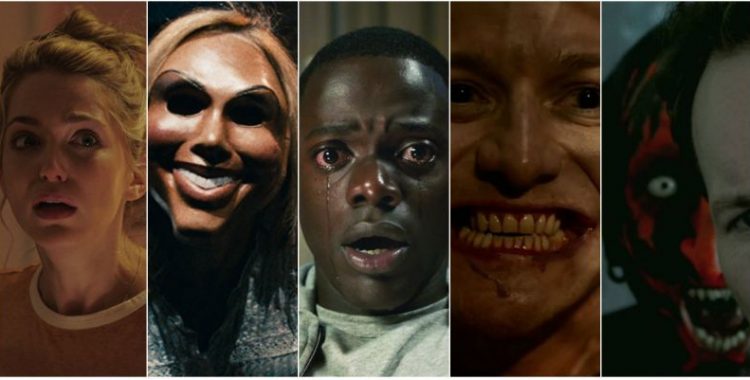
There is nothing wrong with films being redone and some of them produce terrific results, at times outshining their original counterparts. But since the super success of the “Texas Chainsaw Massacre” remake, we are now entering year eighteen of the remake revolution. Is there any end insight? Well the two most anticipated horror films of 2020 are “Candyman” and “Halloween Kills”, so not likely. (Films financial records were pulled from production companies records and Box Office Mojo, all fiscal numbers on this piece are public domain and are not one hundred percent accurate)
